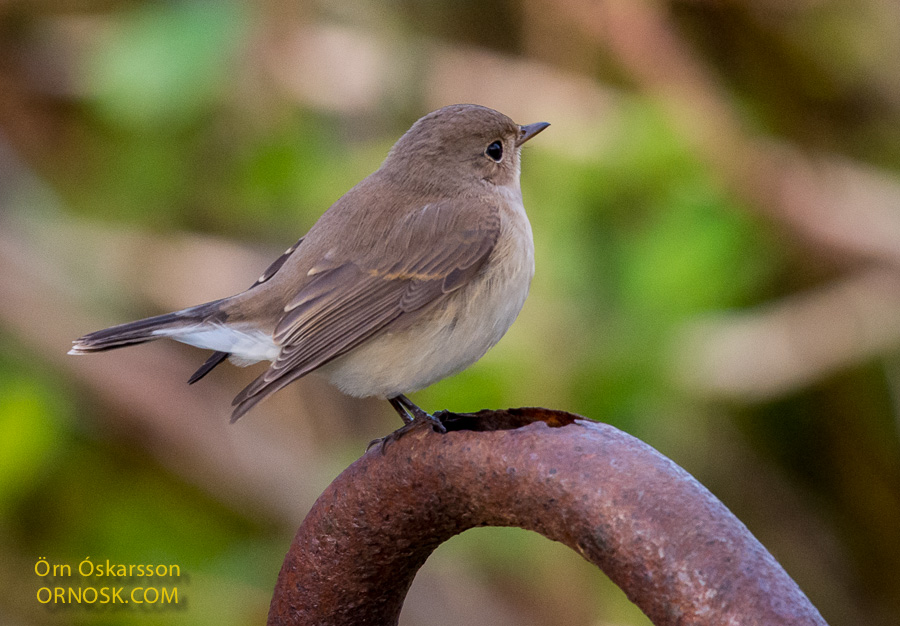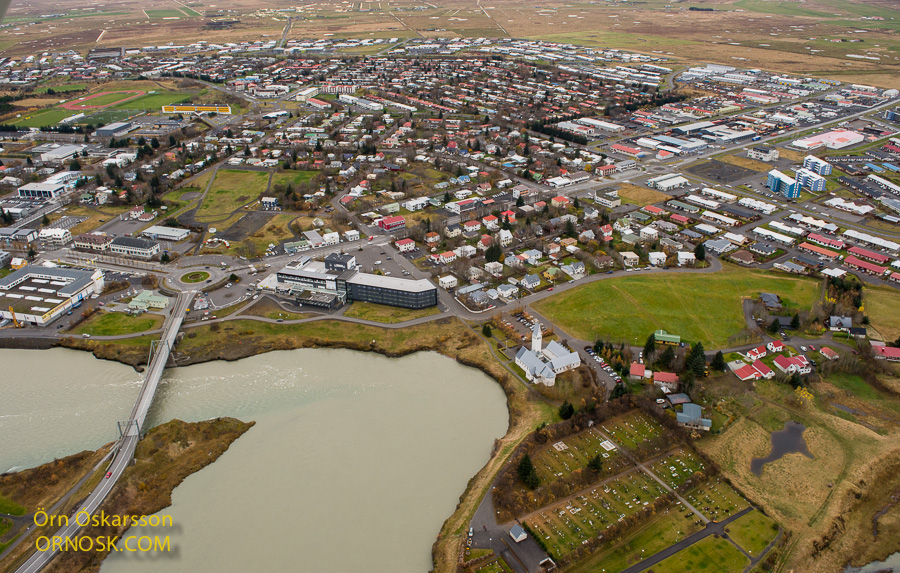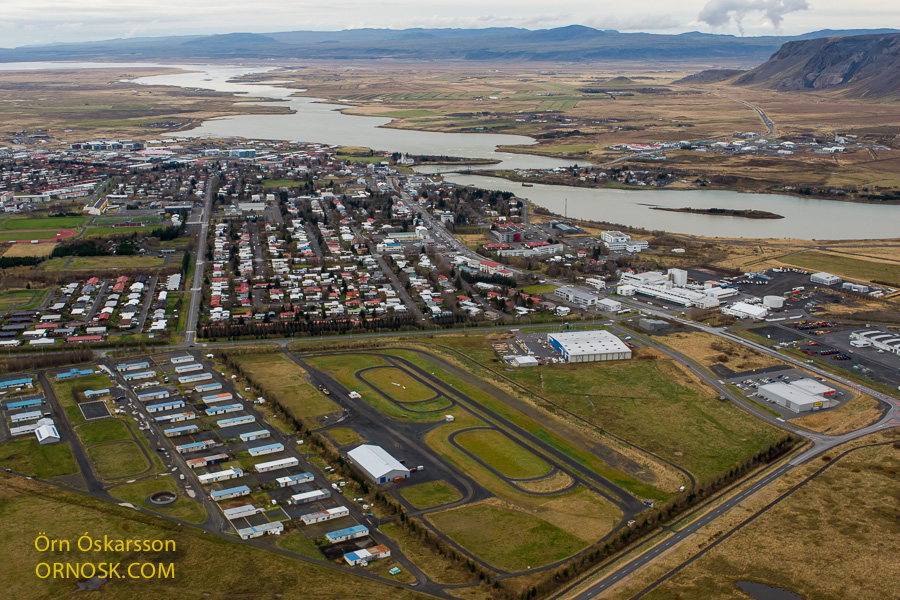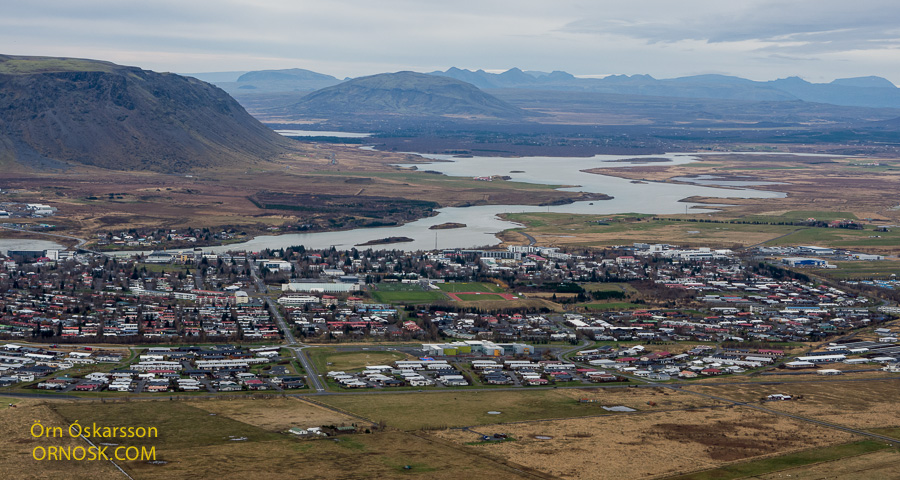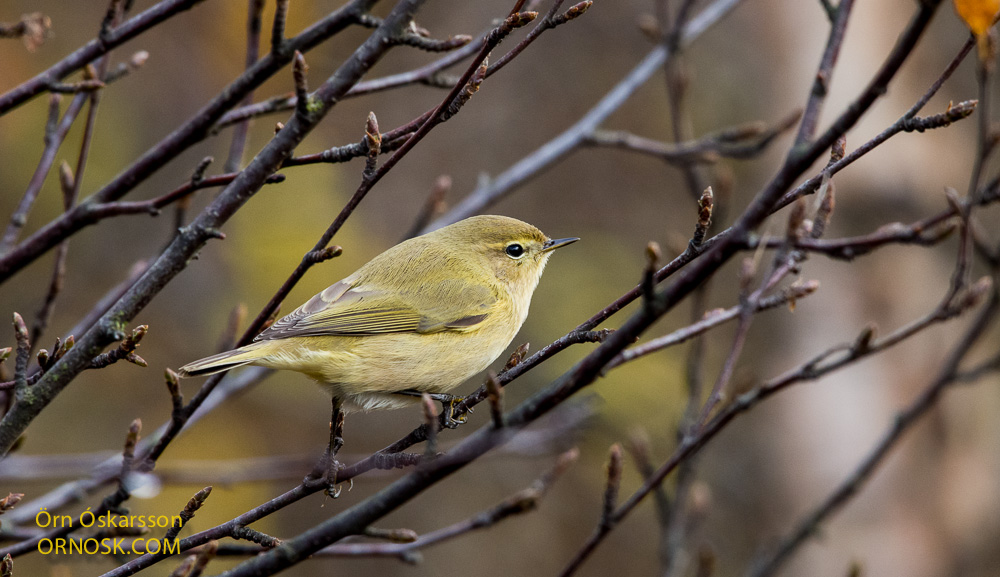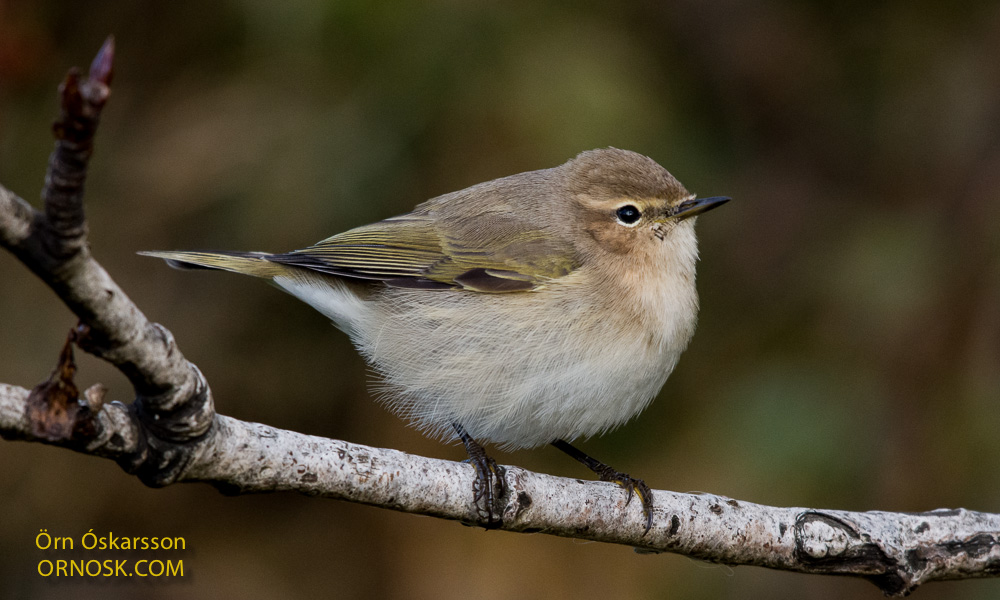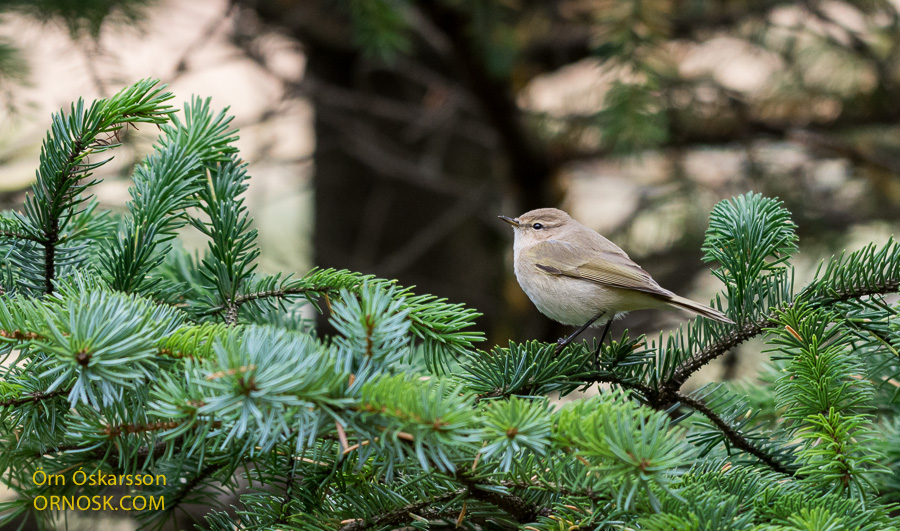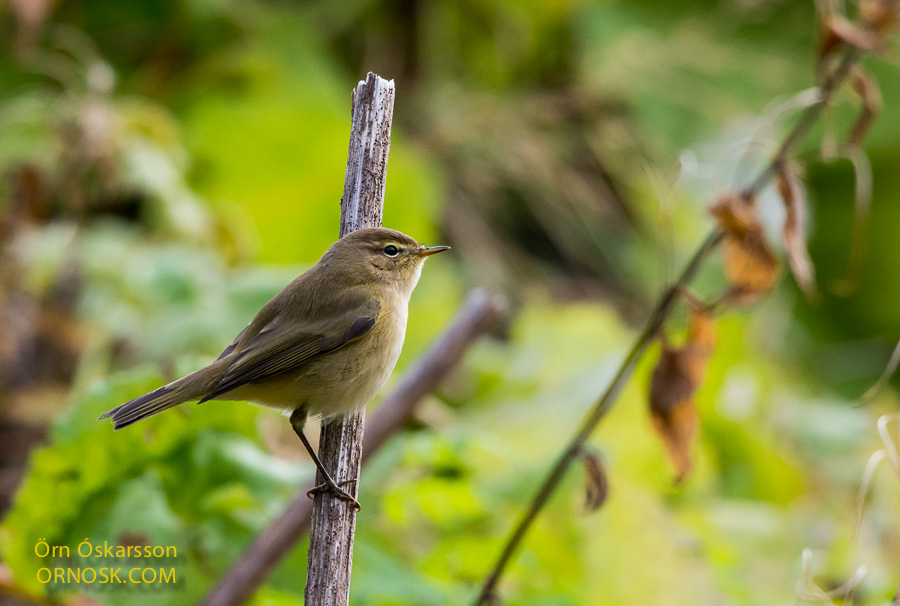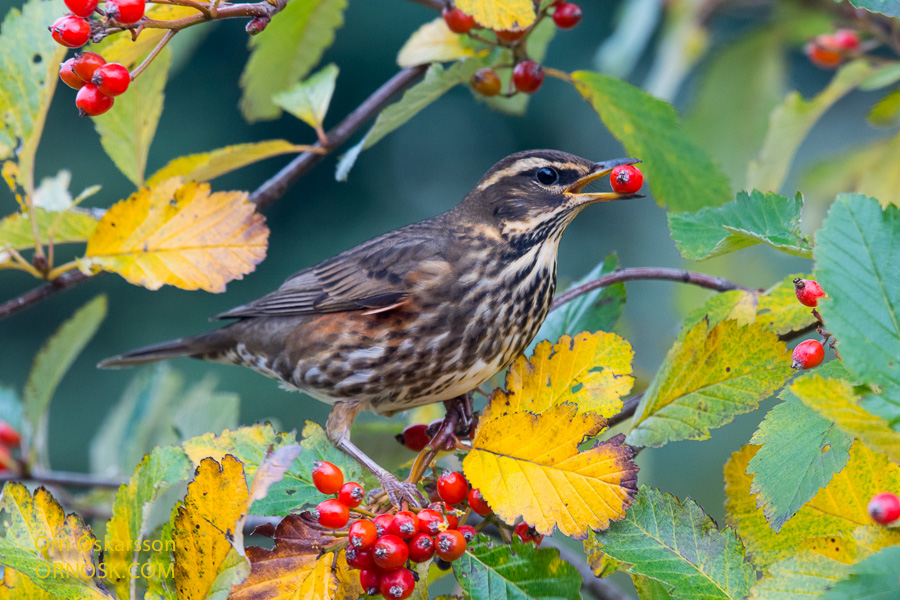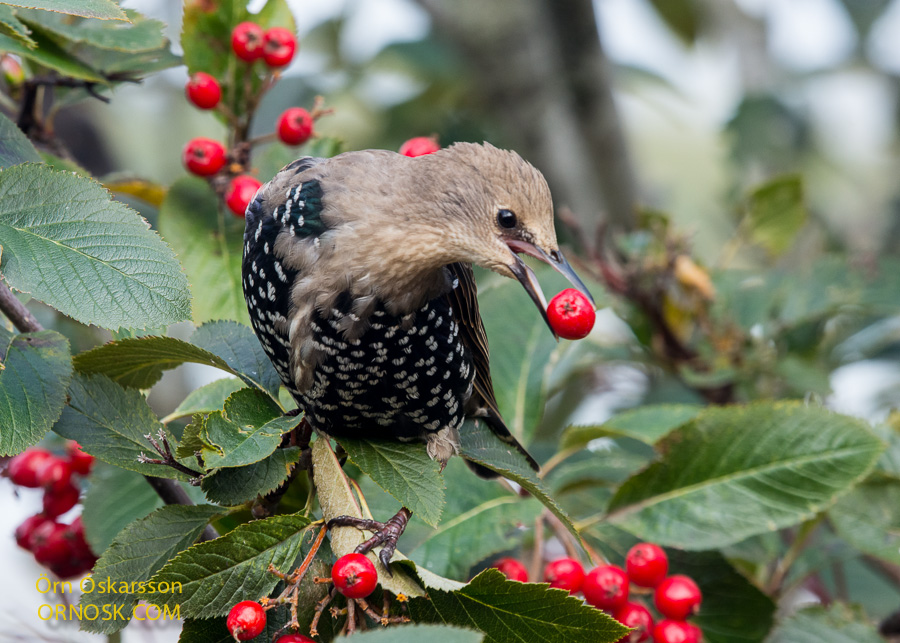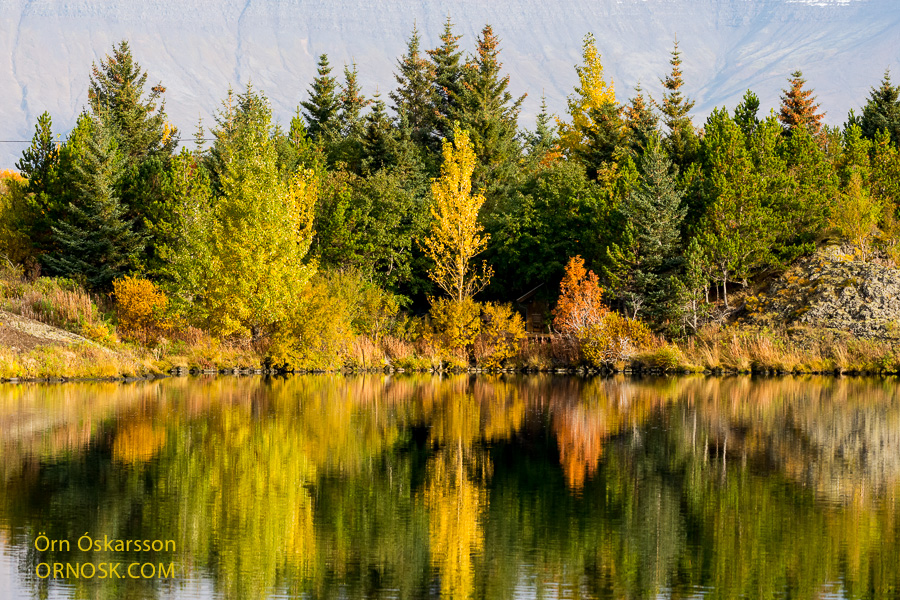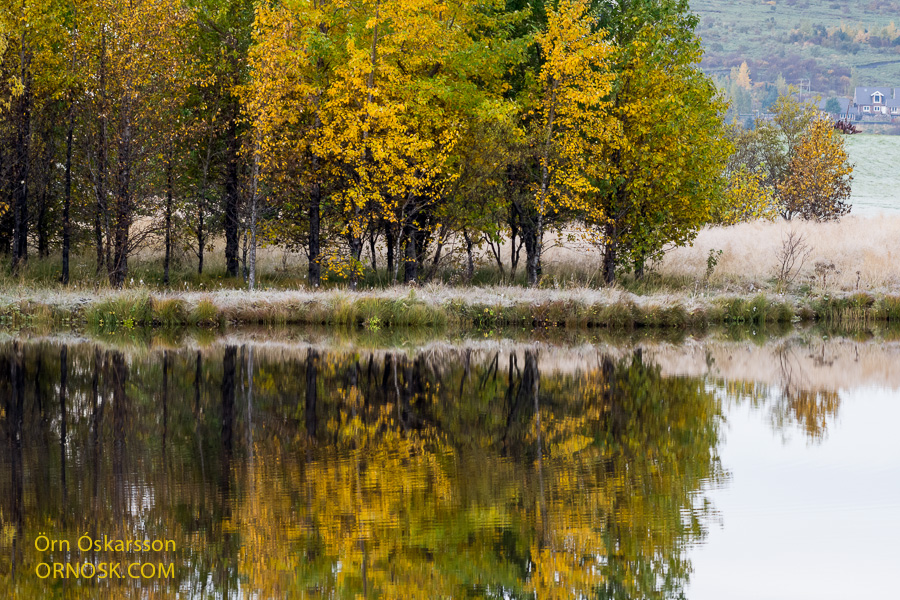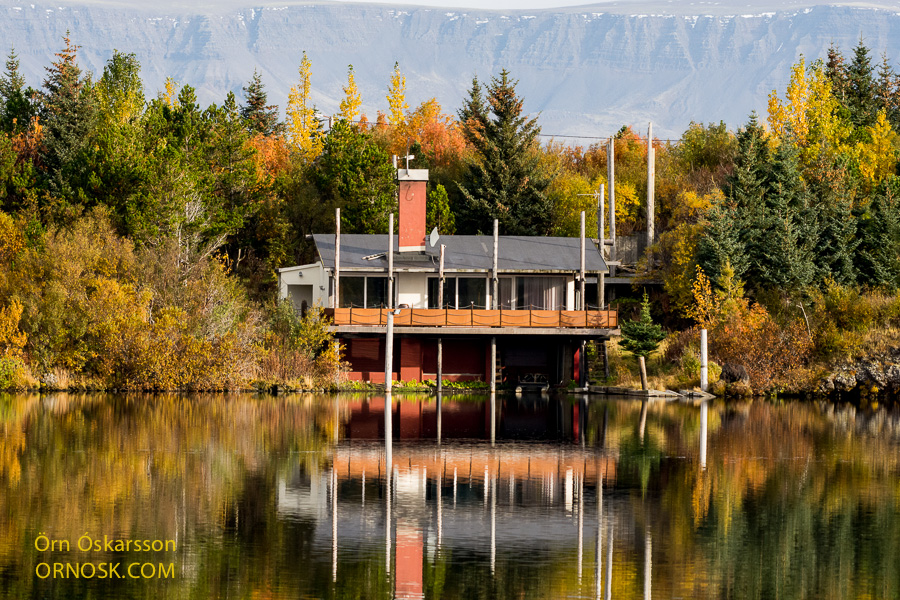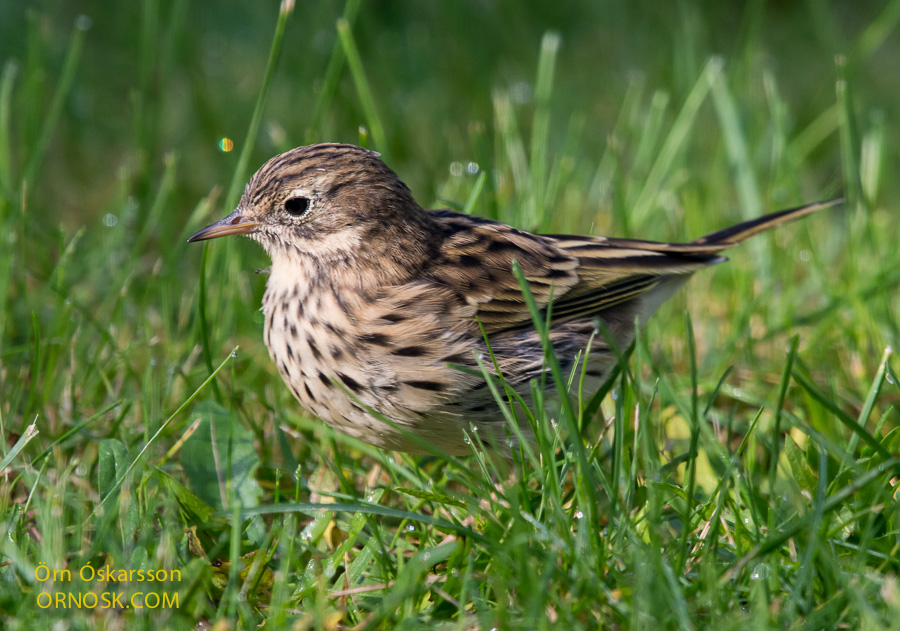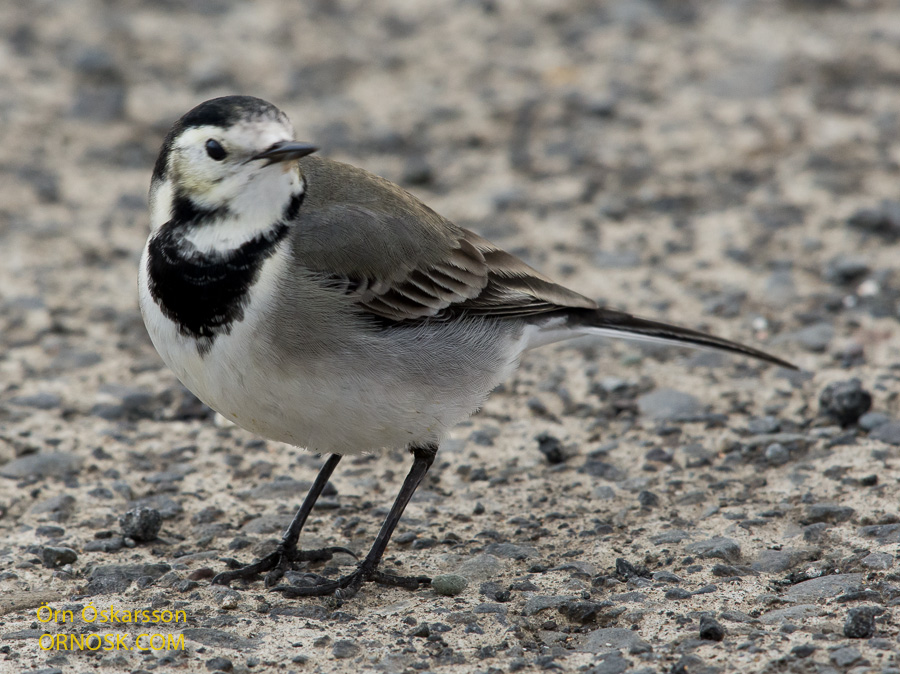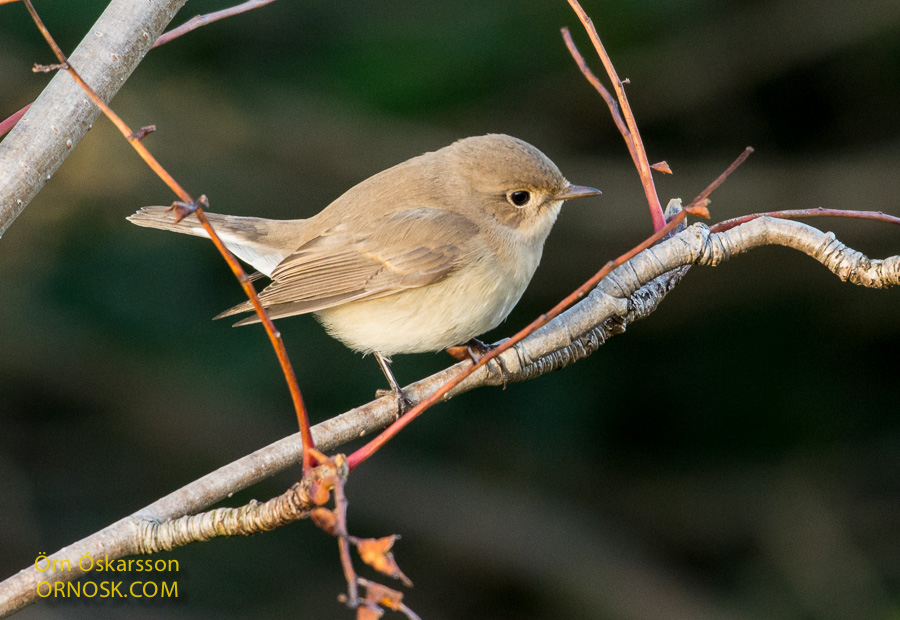
We have had endless rains and southeasterly storms in the last few weeks. With these quite a number of small European birds have been blown over here. This is not uncommon but this autumn is special because we have also had vagrants from Asia. The Red-breasted Flycatcher is one of these. It is originated all the way from Eastern Europe and Siberia. Its winter grounds are in Asia and instead going there it ended up in the North, in Iceland.
This bird was spotted in some shrubs in a garden near Vík in Mýrdalur, Southeast Iceland. This is a new bird for me! X

